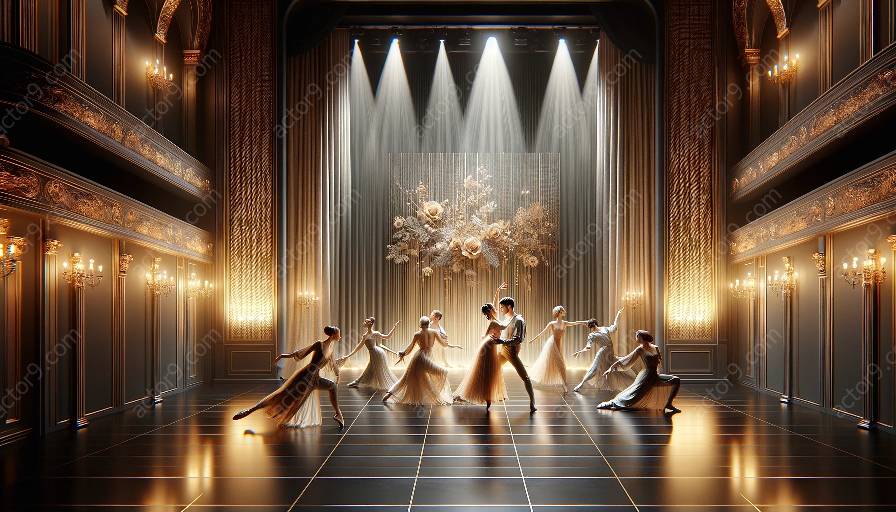Acting and theater have always relied heavily on physical movement and expressivity to convey emotion, character, and story. Throughout history, various movement techniques have been developed and practiced to enhance an actor's physical range and versatility, enabling them to embody a wide array of emotions, characters, and narratives. In this cluster, we will explore both historical and contemporary movement techniques that integrate movement and physicality with acting and theater, providing actors with the tools to express themselves physically in nuanced and compelling ways.
Historical Movement Techniques
Historically, movement techniques for actors have been deeply influenced by cultural, theatrical, and philosophical traditions. One notable historical movement technique is Mime, which originated in ancient Greece and Rome. Mime emphasizes physical expression and storytelling through exaggerated gestures, movements, and facial expressions. This technique provides actors with a foundation for understanding and portraying emotion and narrative through non-verbal means.
Commedia dell'arte is another historical movement technique that emerged in Italy during the 16th century. It involves the use of stock characters, improvisation, and exaggerated physical movements to entertain and engage audiences. Commedia dell'arte emphasizes physical agility, expressive gestures, and comedic timing, allowing actors to develop their physical range and versatility while embracing larger-than-life characters.
Contemporary Movement Techniques
In contemporary acting and theater, movement techniques have continued to evolve and diversify, incorporating elements of dance, martial arts, and physical training to broaden an actor's physical repertoire. One prominent contemporary movement technique is Laban Movement Analysis, which was developed by Rudolf Laban in the early 20th century. This technique focuses on the analysis and classification of human movement, providing actors with a systematic approach to understanding and embodying different physical qualities, dynamics, and spatial relationships.
Viewpoints is another influential contemporary movement technique that was developed by choreographer Mary Overlie and later expanded by directors Anne Bogart and Tina Landau. Viewpoints offers a vocabulary for considering and composing movement in theatrical performance, emphasizing spatial awareness, tempo, and ensemble collaboration. This technique encourages actors to explore and expand their physical range within the context of ensemble-driven storytelling.
Integrating Movement with Acting and Theater
By integrating historical and contemporary movement techniques with acting and theater, actors can cultivate a heightened awareness of their physicality and develop a richly expressive physical range. The synergy between movement and acting allows performers to embody characters with depth and authenticity, utilizing their entire bodies as instruments of storytelling and emotional expression.
Additionally, the integration of movement and physicality in acting and theater provides actors with the means to explore diverse cultural practices, movement traditions, and non-verbal communication, broadening their understanding of physical expression across different contexts and narratives.
Enhancing Physical Range and Versatility
The exploration of historical and contemporary movement techniques equips actors with the tools to expand their physical range and versatility, enabling them to embody a diverse array of characters, emotions, and narratives. Through the practice of these techniques, actors can develop heightened physical awareness, flexibility, and control, allowing them to move with precision, intention, and emotional resonance.
Moreover, the study of movement techniques fosters a sense of embodiment and presence, empowering actors to inhabit their physicality with confidence and expressiveness. This holistic approach to physical training and expression enhances an actor's ability to captivate audiences and communicate complex emotions through nuanced physical performances.
Conclusion
Historical and contemporary movement techniques play a vital role in enriching an actor's physical range and versatility, offering a pathway for embodying the depth and diversity of human expression. By embracing these techniques, actors can explore the intersection of movement and physicality with acting and theater, cultivating a nuanced and compelling physical presence that enhances their storytelling capabilities and resonates with audiences on a profound level.















































